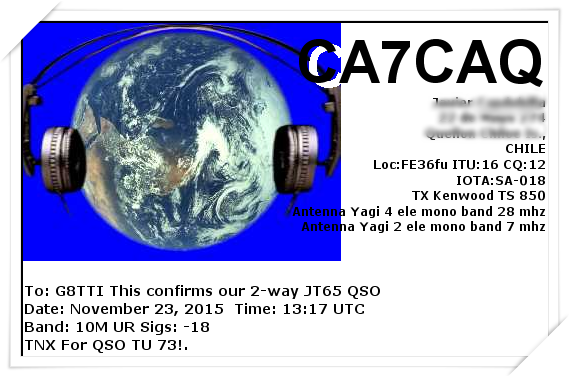If I think back to when I first became interested in radio, a thirteen year old trying to pick up the off shore pop pirates of the sixties, a short run of wire poked into a small tranny radio crackling and popping was about all you could expect. That was over 48 years ago but I remember those days very clearly.
There was something magical about it, despite the crackling signals, the static, the night time interference. The radio provided the pop music we were after, the weak signals just adding to the romance of it all.
I lived over a hundred miles from the nearest 10kW pop pirate, a cheap transistor radio struggled.
Well it was all a long time ago, things have moved on somewhat. The pirates went a long time ago. Medium wave seems so old hat I can't believe anyone listens there today. FM, DAB, crystal clear reception are the norm and expected. Internet radio, never a crackle or a pop heard! and thousands of stations to choose from all with no static, no idea of the medium involved just lovely clear interference free music, or whatever you want.
So what's this got to do with amateur radio? Not very much but I'm left wondering how we can ever hope people, young people in particular will ever discover the thrill and excitement of radio. They will never have the need to poke a wire into the tranny radio, never hear how the signal changes as night falls, never wonder how they could improve reception, longer aerial, different radio...... Never, in doing, happen across amateur radio.
There's the problem how do people discover this hobby? I know, I know, CB has brought many to amateur radio but do young people use or even know what CB is ? Why would you when you've a mobile phone in your pocket?
This is a big problem for the hobby, let's hope that something new comes along so people will discover amateur radio in the same way that the pop pirates of the sixties and CB of the early eighties were a boost to the hobby in the UK. It's really hard to think what it might be. Any ideas?











